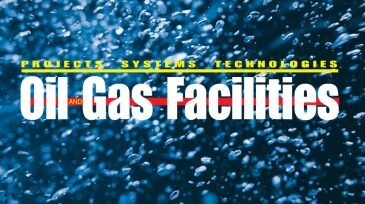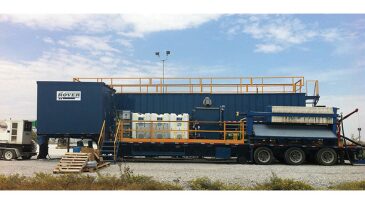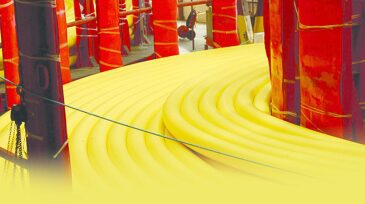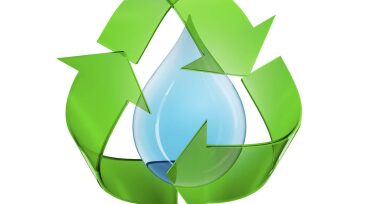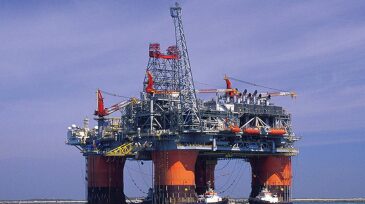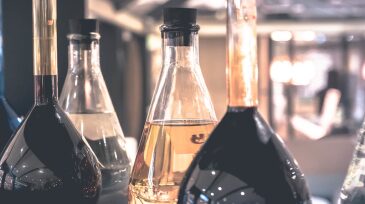produced water
-
As low as reasonably practicable (ALARP) is common for management of safety risks, but harder to apply to environmental risks. This paper explores the differences and proposes a modified method to support environmental risk analysis.
-
This is the third article of a series on water management for hydraulic fracturing in unconventional resources. This month, water treatment technologies are introduced, beginning with the removal of suspended solids by coagulation/flocculation and electrocoagulation for recycling flowback fluids.
-
Technology is evolving to meet the challenges to automate water separation and purification in deepwater for environmentally safe discharge at the seabed. To solve these problems the best available solutions must be selected and the technology gaps must be identified and closed.
-
In this second article of a series covering water management in hydraulic fracturing (HF) in unconventional resources, the properties and characteristics of the flowback fluids are discussed, together with the general categories of technologies that are best suited to treat them.
-
Enhanced oil recovery processes, particularly offshore, create challenges for produced water treatment. This option reviews technology options and current applications.
-
Produced water has typically been viewed as a waste product to be disposed. A recent webinar explored ways that this waste can be turned into value through treatment and reuse. Available options vary with the quality of the produced water.
-
Changing the salinity of injection water could make the difference in getting more out of existing wells.
-
Using low-sal water for flood can add 30% to the amount of oil that can be recovered from a reservoir. What is the theory behind it?
-
Ted Frankiewicz' Distinguished Lecture presentation on “Diagnosing and Resolving Chemical and Mechanical Problems in Produced Water Treating Systems” was the subject of a recent webinar.
-
A recent webinar discussed current technologies to enable reuse of produced water in gas and oil shale developments.



